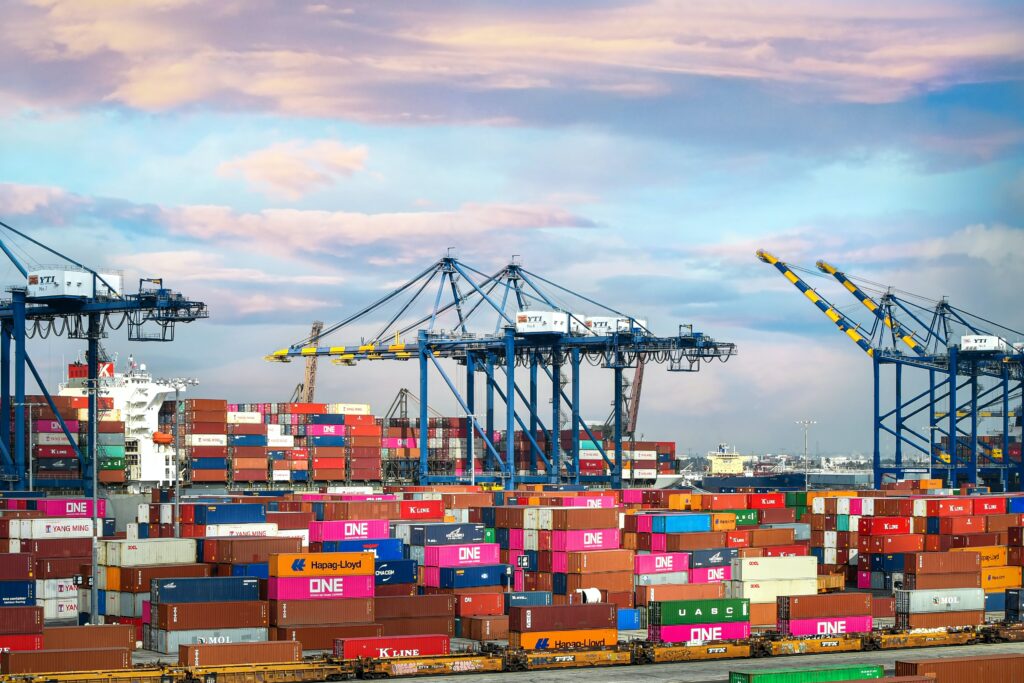Constrained Capacity: A Long History and a Need for Change

The recent Surface Transportation Board hearings have brought to light a long-existing issue in the rail industry: capacity. Railroads prioritize cutting costs and raising prices (with a focus on the operating ratio). They have less concern about capacity and service. Take this article about Union Pacific, for example. UP has been removing up to 3% of railroad-controlled cars from the network, in order to manage the current congestion. The number of cars on the UP system, however, remains on the rise.
How can we conceptualize this? Say you’ve been going to your favorite grocery store and have noticed that over the past few months, the checkout lines have been long and the shelves have been empty. The problem? The store doesn’t have enough people to work the checkout lines, and the owners aren’t ordering more inventory because that would drive up inventory costs. Instead, they’re telling their customers to shop less frequently and to buy fewer things. Their solution is to limit the amount of time customers may spend in the store, and the amount of goods they may buy.
How much business would you expect this grocery store to maintain? Zero. Competitors would add staff and increase the inventory, and you — looking for a better shopping experience — would be forced to take your loyalties elsewhere.
Railroads have a monopoly, which means there’s no penalty for failure to provide enough capacity to handle even small, unanticipated increases in volume. Railroads will handle the business eventually, unless the customer loses the sale completely. And herein lies the issue: everyone else in the network is forced to suffer, thanks to these performance hindrances.
Constrained capacity means that even a small, unexpected increase in demand will bring the network to a grinding halt. According to the railroads, there’s not enough time or money to add crew members or line capacity. Adding more crew members requires at least six months of training, so they may work safely and productively.
So, what’s the solution? April’s STB hearings resulted in the STB ordering railroads to be more transparent and frequent in their reports regarding rail service and employment data. According to Progressive Railroading, certain railroads will have to “submit service recovery plans, additional data and regular progress reports on rail service, operations and employment.” The hope is that railroads will forgo their “longstanding practice of focusing solely on operating ratio by cutting employment levels, mothballing locomotives and eliminating other essential resources.” The STB hopes to encourage more transparency and accountability from the railroads, and to reduce some of the detrimental impacts of congestion on traders, shippers, farmers, facilities, and everyone else affected by the supply chain.
This may not be the STB’s final step in addressing the matter, and they are trying to be more aggressive than they have been in the past. But history says STB actions are unlikely to have much impact. Service will improve when volume drops.
Our recent webinar addressed the STB hearings, and what they may mean moving forward. Learn more about our webinar here.
